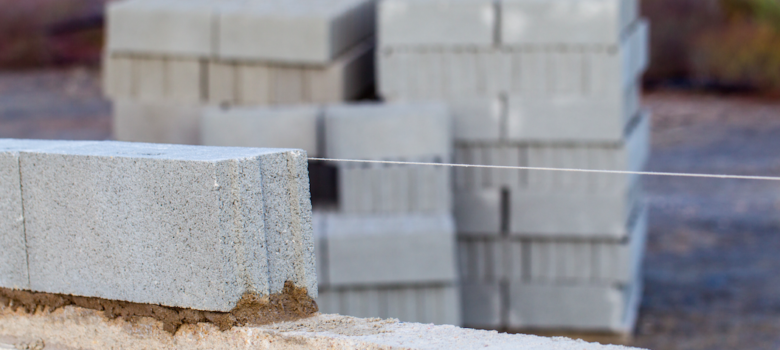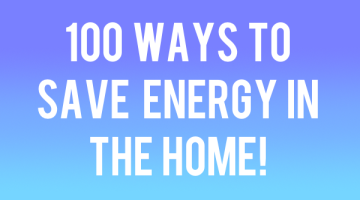
An extension can be a great way to add space and value to your property, but there are loads of things to take into account when designing, building and decorating it. How can you factor energy efficiency into this? We give some ideas here. But before that – a couple of general points
- Check if you need planning permission! You can read guidelines and learn how to apply (if necessary) here.
- Make sure you get quotes from a few different builders to get an idea of the average price. If you only ask one or two, you risk being given a quote much higher than the norm.
Building your extension
There are several measures you can take regarding the fabric of the building to keep energy costs low once it’s up and running.
Instead of brick, build out your extension out of breeze blocks, with external wall insulation over the top. It’ll look great and keep your home warm at the same time! EWI can cut energy bills by up to 40%. Plus, a good flexible render will form a long-lasting, weatherproof coating for your home, keeping walls protected against the elements.
Heating your extension
Rather than extending your gas pipes to install central heating in your extension, consider getting infrared panels instead. They can be plugged or wired into the mains and controlled with a thermostat, and are a cheap, efficient way to heat your home.
Insulate a solid floor with PIR board to improve the thermal mass. The floor will absorb heat and retain it, keeping your home at a comfortable temperature rather than letting heating leak down into the ground.
If your extension has a loft, insulate it with sheep wool. It’s natural, fire-resistant and regulates humidity. Most importantly, it’s an outstanding insulator!
Decorating your extension
It is recommended that you leave half your budget for the inside of an extension. This allows you scope for quality fixtures and a finish you’re truly happy with.

LED lighting is the only way to go when it comes to efficiency. They use 90% less electricity than traditional incandescent lighting, because they work in a totally different way. Halogen bulbs contain a filament which needs to reach a very high temperature to give off light. This means electricity is wasted as heat energy. This is not the case with LED bulbs. LED lighting will soon be the only option for most lightbulb sizes, as new regulations stop shops restocking other forms of bulb, but you can get ahead of the game.
Think we missed something? Do you have a different opinion?
Comment below to get your voice heard…












No Comments yet! Be the first one.